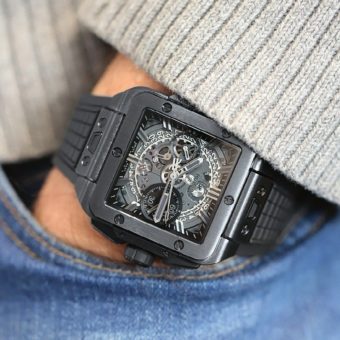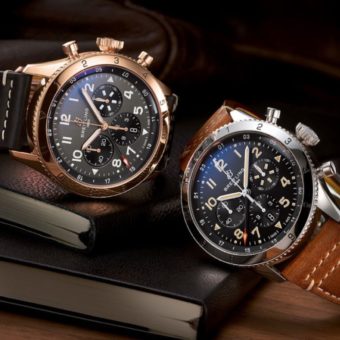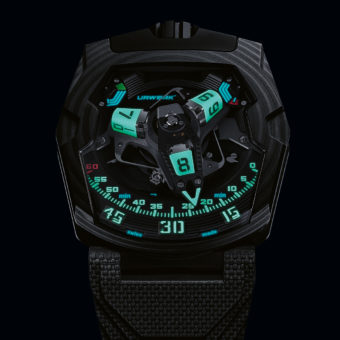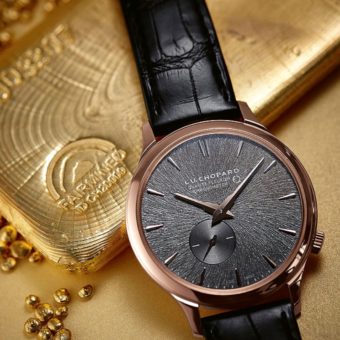In an interview with Rüdiger Bucher, editor-in-chief of WatchTime’s German sister magazine Chronos and International Editorial Director of Ebner Publishing, Hublot CEO Ricardo Guadalupe discusses the design process for its new Ferrari watches.
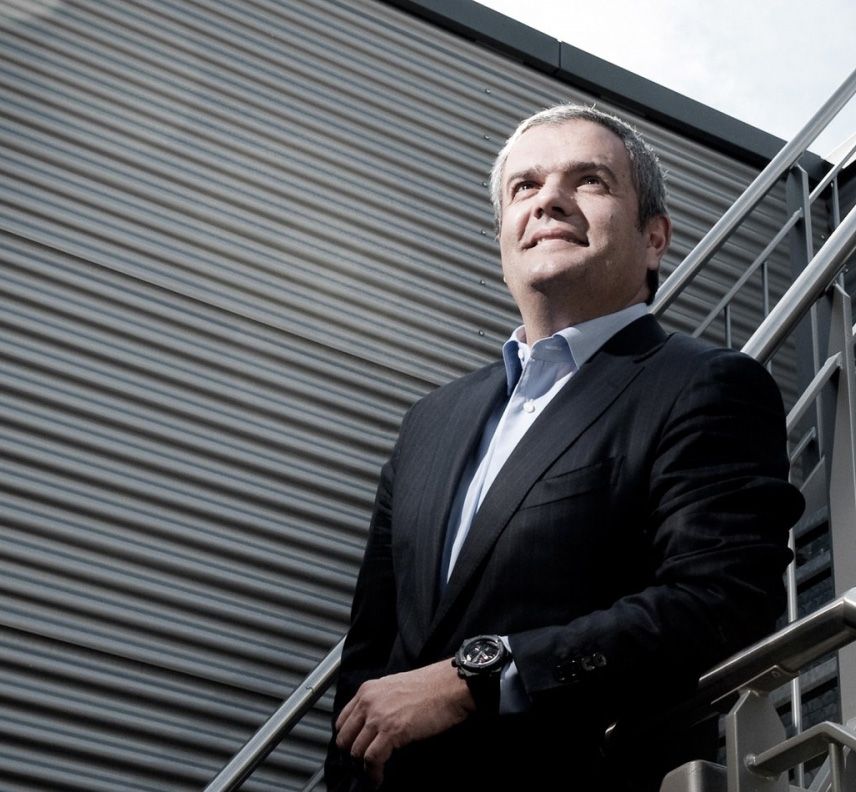
RB: In 2019 you are introducing two different watch editions, both dedicated to Ferrari. Can you tell us more about this strategy?
RG: There are three new models, the Big Bang Scuderia Ferrari 90th Anniversary, being introduced to celebrate the 90th year of Scuderia Ferrari. Each of these three watches is made of a different material: platinum to represent the past, 3D carbon fiber for the present, and sapphire crystal for the future. All of them sport a carbon ceramic bezel, the same material used for Formula 1 racecar brake disks. This edition was created primarily to mark the anniversary year, while the other new collection, the Classic Fusion Ferrari GT, is truly a new design.
RB: The other new watch doesn’t look very much like a Classic Fusion.
RG: It’s like the first Big Bang Ferrari, which didn’t look much like a classic Big Bang. A collection is a living thing and has to change over time. I think we will see an aesthetic evolution in the shape of the Classic Fusion in the future.
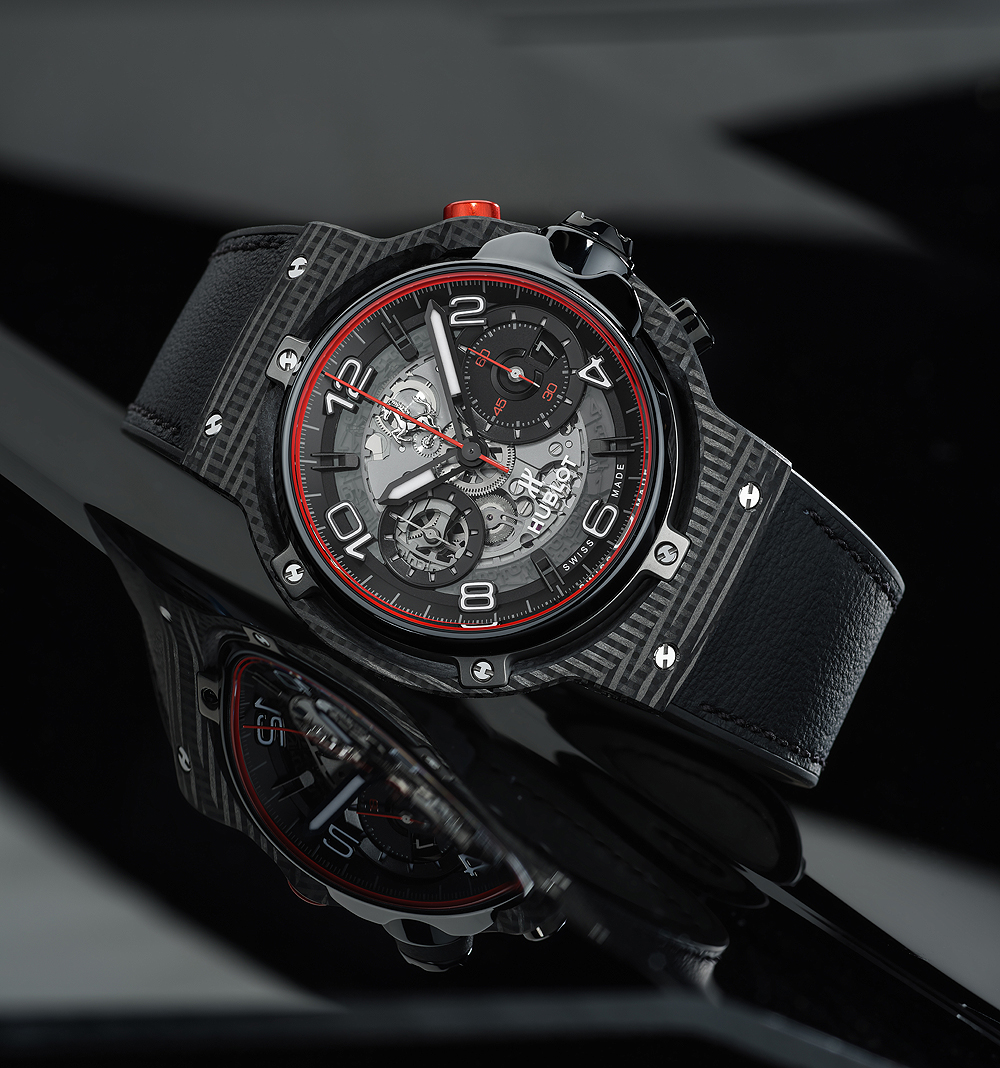
RB: Does that mean that the regular Classic Fusion may soon look like the Ferrari GT?
RG: Not just like it, but going in that direction. The Classic Fusion Ferrari GT is modern but has an elegant design, is relatively thin and not too large across its diameter. And we used the newest generation of our Unico in-house movement. The 1280 Caliber is thinner than the 1240. We’re putting it in the Classic Fusion for the first time.
RB: What precisely is the difference between the first Unico Caliber 1240 and the new 1280?
RG: We introduced the Unico 1240 in 2013 as our first in-house caliber. It’s about 8 millimeters high, which makes it sturdy, but I also wanted to have a thinner movement. And the 1280 is thinner, about 6.5 millimeters.
RB: How important is this caliber for the future?
RG: It’s very important. I think the 1280 will have replaced the 1240 in a few years. Right now we are using our own movements in about 30 percent of our watches, but we use Sellita movements and modules from Dubois Dépraz for the Classic Fusion. In a few years I would like to be using in-house calibers in 70 or 80 percent of our watches. And when the Classic Fusion gets an in-house caliber it should also have a more powerful design.
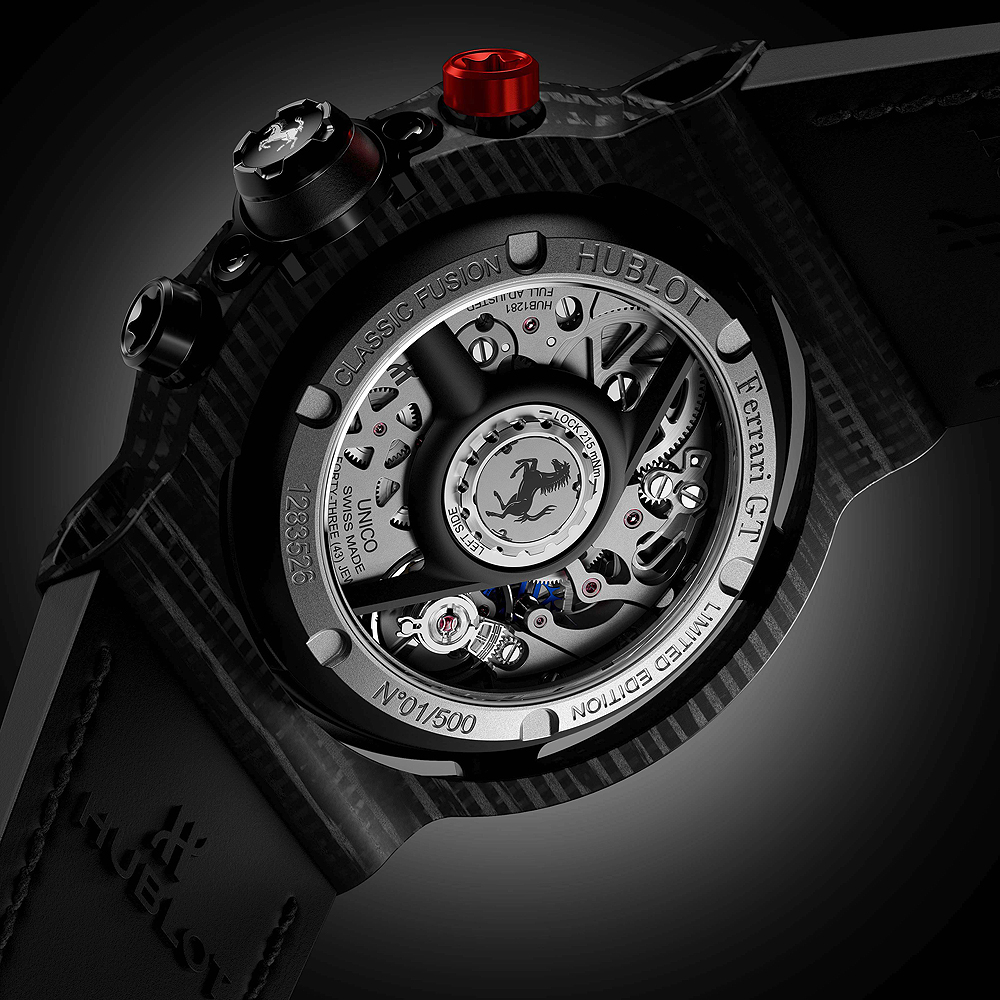
RB: Many people find it hard to tell the difference between a Classic Fusion and a Big Bang.
RG: If you view them from the side it is easy to see the difference. But from the front the two are very similar, you’re right. The Big Bang will always be very expressive, while the Classic Fusion is basically softer and rounder.
RB: Ferrari’s design team under the leadership of Flavio Manzoni collaborated really intensively on the design of the Classic Fusion Ferrari GT. Can you tell how that went?
RG: Flavio Manzoni came to us with some ideas several years ago. One of these ideas resulted in the 2017 Techframe and the GT from another. The Ferrari designers were really enthusiastic. I think it was fun for a lot of them to design a watch alongside the cars.
RB: How much of the new watch is from Ferrari and how much is from Hublot?
RG: The basic idea originated at Ferrari. Then we worked on different details, like the proportions and the shape of the screws. After that we looked at the prototypes together and worked on the design until both sides were satisfied. I believe that the success of this partnership is also due to the fact that the teams at Ferrari and Hublot work closely together in a variety of different areas.
RB: Can you tell us more about working with the tattoo artist Maxime Büchi on the Big Bang Sang Bleu II?
RG: He approached us and then worked with our designers. Their first watch was created in 2017. Büchi focuses on geometric shapes; some of these are reflected and repeated in the angular discs we use as hands for the watch. The 2019 Sang Bleu II is more complicated than the first version. It is a chronograph, and Büchi’s graphics now extend into three dimensions. The Sang Bleu II is a true work of art which you can, in a manner of speaking, wear like a tattoo on your wrist.

RB: With the Sang Bleu we see a rather radical change in the basic shape of the Big Bang.
RG: This is possible as long as the identity of the watch is maintained. These days it’s no longer enough to offer the same product and do little more than change the color of the dial now and then. We let ourselves find inspiration from other worlds like sculpture, tattoo art, and of course Ferrari, and instill something in our watches that appeals to our customers emotionally.
RB: Does Hublot also collaborate with the LVMH Institute and Guy Sémon?
RG: The new hairspring made of carbon nanotubes, which Sémon just developed for TAG Heuer, is by definition interesting for us as well. But I’d also like to develop a new regulating mechanism that would be exclusive to Hublot. It would also look different from other traditional escapements and be immediately recognizable as coming from Hublot.
RB: Are you considering a regulating mechanism without a traditional balance wheel?
RG: No. But it could have a different look than conventional balance wheels. And it could all be designed so that you can see the escapement from the dial side – so that you can see the beating heart of the watch from the front instead of having to turn the watch over. We hope to work with Guy Sémon to implement this and other projects as well.


